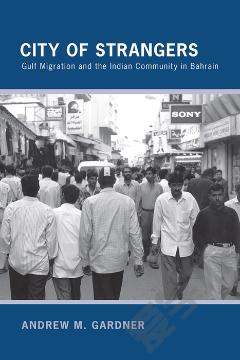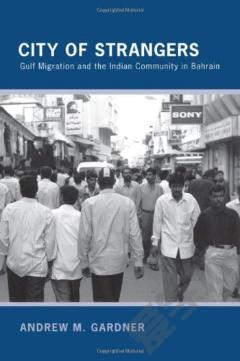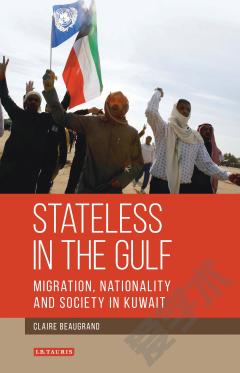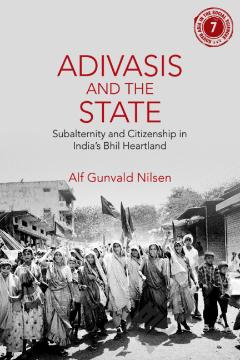City of Strangers —— Gulf Migration and the Indian Community in Bahrain
----- 陌生人之城:海湾移民与巴林印第安人社区
Excerpt} Unpacking and applying the concept of structural violence is one of the principal tasks of this book. To be clear from the outset, however, in lodging the experiences of the men and women I encountered in the larger rubric of structural violence, I do not intend to imply that we should ignore the agency exerted in the scenario I've just described, or in the scenarios that litter this book: we ought not ignore the basic fact that these scenarios are composed of humans choosing to abuse, exploit, maim, and dominate other humans. Rather, I seek to couple that basic fact with an analysis of the structural forces that cause, permit, encourage, or are in some other way involved in the production of violence between citizen and foreigner in Bahrain. In the final accounting, the episodic violence levied against foreigners in Bahrain becomes one facet of the more comprehensive structural forces that govern foreign labor in the Gulf states. The central mission of the anthropologist remains explication, and typically the explication of lives distant and different from those of the intended reader. The conceptual framework of structural violence, which I explore in detail, provides an analytic foundation from which I work outward in scope and, to some degree, backward in time. From that foundation I peer at the decisions and contexts that brought the men and women I came to know from India to the Gulf, at their experiences upon arrival in Bahrain, and at the strategies they deploy against the difficulties they face while abroad. I also examine the contours of the Bahraini state itself, the ongoing articulation of a particular idea of modernity in the Gulf, and the intricacies of the concept of citizenship as they have evolved in dialectic with the extraordinary flow of foreign labor to the island. Comments The abstract, table of contents, and first twenty-five pages are published with permission from the Cornell University Press. For ordering information, please visit the Cornell University Press This article is available at DigitalCommons@ILR: http://digitalcommons.ilr.cornell.edu/books/62
{{comment.content}}








 京公网安备 11010802027623号
京公网安备 11010802027623号